
When I was a member of the Canadian Armed Forces, I had the pleasure of being cross-trained in many different areas of responsibility that fell outside my trade. I was able to learn about the logistic/supply trade and the responsibilities that were involved with transporting and storing dangerous goods. I was trained to work in a military refueling facility (fuel farm), which I distinctly remember the emphasis on ensuring proper grounding of fuel in the delivery vehicles, and the grounding of large tanks to prevent static discharge.
Static electricity is a serious hazard, which can create an incendive spark with enough energy to ignite flammable vapor mixture in the air, which may have very tragic consequences. Typically, this can occur while performing the transfer of solvents, which can be flammable from one container to another. A recent incident from 2017 in New Windsor, New York, ended in 35 workers and seven firefighters being injured from an explosion. A metal drum was being poured into an IBC (intermediate bulk container), and an employee wiped spillage around the opening of the container with a cloth, which then caused a static spark to occur, causing the explosion. The company in question was hit with many fines and suffered from severe damage to their workplace from the fire/explosion.
Click here to see the actual explosion caught on CCTV.
It is important to note the terms out there that mean similar things as grounding, such as ‘earthing’ and ‘bonding.’ Earthing is having grounding wire electrically connecting the container to the soil or earth, and bonding is the process of securely attaching a special metal bonding wire to both receiving and transferring containers. Bonding will ensure that there is no difference in electrical potential between the two containers and therefore prevent any sparks. Even though some containers are non-conductive and do not require bonding (e.g., polyethylene plastics and glass containers), one must remember that the turbulence of a liquid within a container can have buildups of an electrical charge that can cause an incendive discharge from either the flammable liquid of from the container.
The National Fire Protection Association (NFPA) recommends:
- How to ground containers
When filling portable tanks and/or non-bulk and IBC’s, any metal parts on the container must be grounded. You should fill the container from the bottom through a long, grounded metal pipe. This will reduce the amount of static charge produced by turbulence of the liquid and will enable time for any generated charge to dissipate. But when filling non-conducting portable containers, it is recommended that a grounded pipe or grounded wire be in the liquid in the container while it is being filled. The filling rate should be minimized, and if there are any metal parts of the container (e.g., metal cage encasing and IBC), it should also be grounded.
- When to bond and ground containers
When transferring/dispensing a flammable liquid from a storage drum to a smaller electrically conductive container, bonding and grounding are needed. This can also include large equipment on a construction site, an example being the equipment must be bonded to smaller containers and grounded. Ensure both containers/fuel reservoirs are tethered together with a bonding cable and then grounded correctly to the ground
- Good housekeeping
It is very important to maintain a safe work environment, and when handling dangerous goods, it is vital to ensure a routine of inspection and maintenance to ensure that proper grounding is maintained and bonding equipment is still in good shape.
Furthermore, ensure proper training of employees and avoid complacency by instituting vigorous inspections and safety standards to avoid any potential catastrophic accidents.
Stay up to date and sign up for our newsletter!
We have all the products, services and training you need to ensure your staff is properly trained and informed.
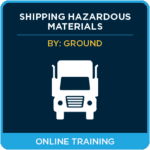 Shipping Hazardous Materials by Ground in the U.S.A. Training Courses |
 Shipping Dangerous Goods by Ground in Canada Training Courses |
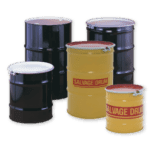 Steel & Salvage Drums |
 OSHA / WHMIS / GHS Training Courses |

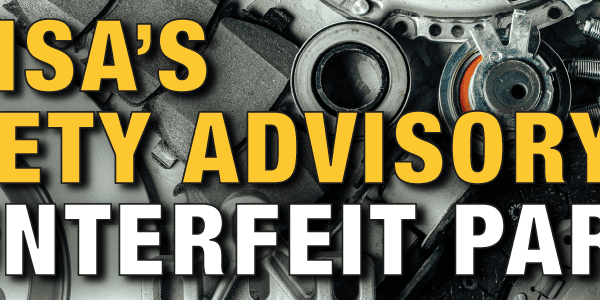
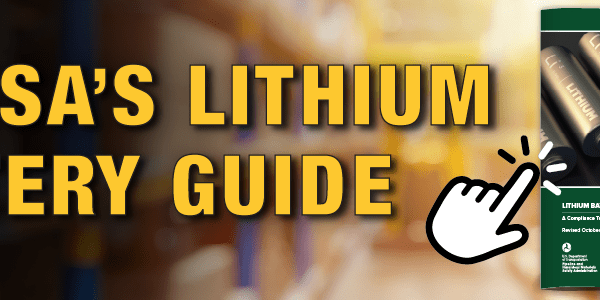
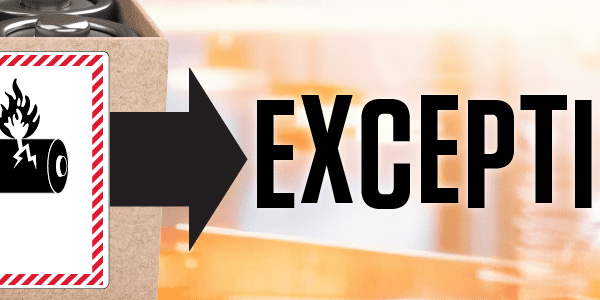


 ICC USA
ICC USA ICC Canada
ICC Canada